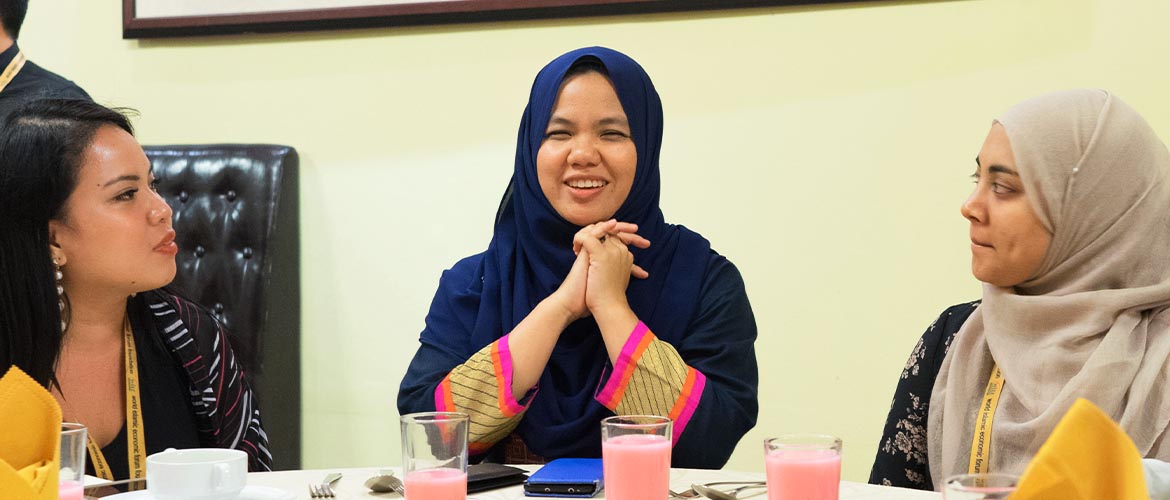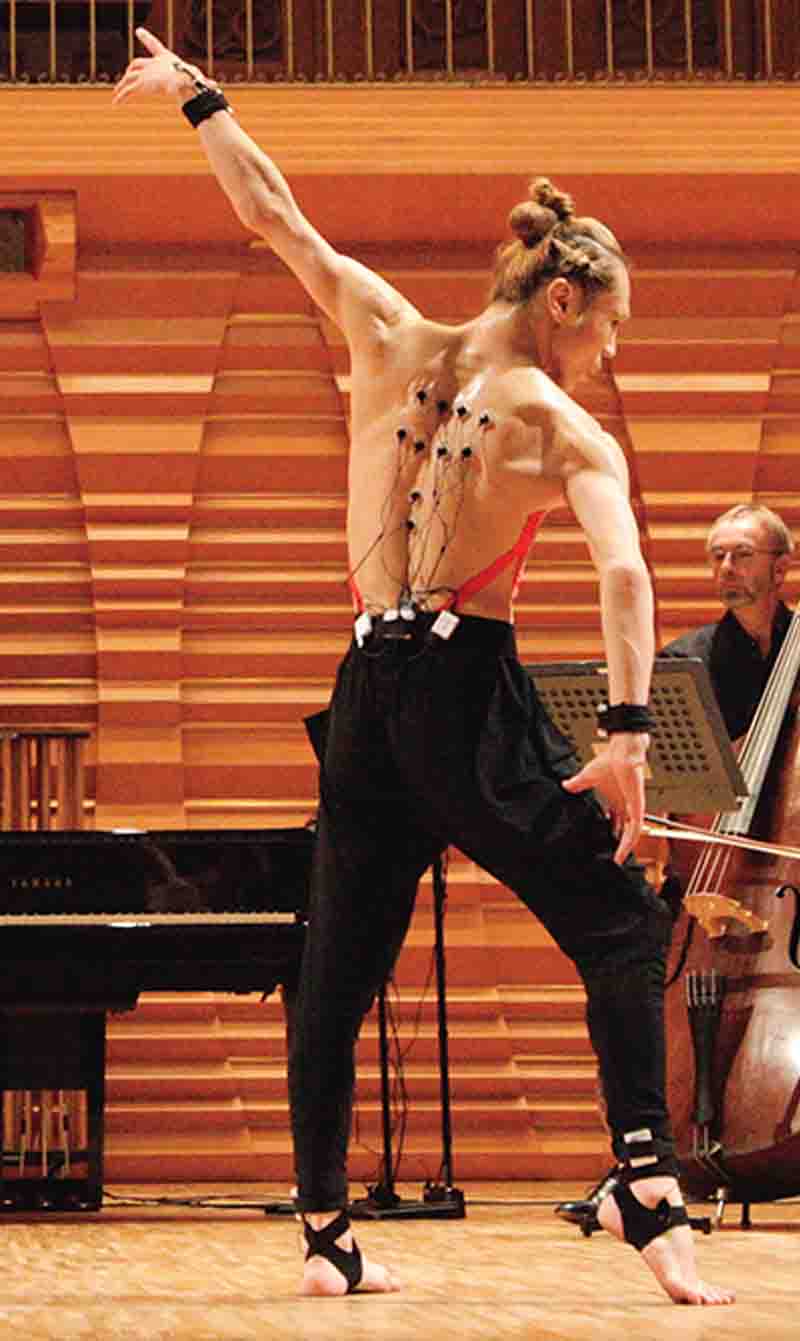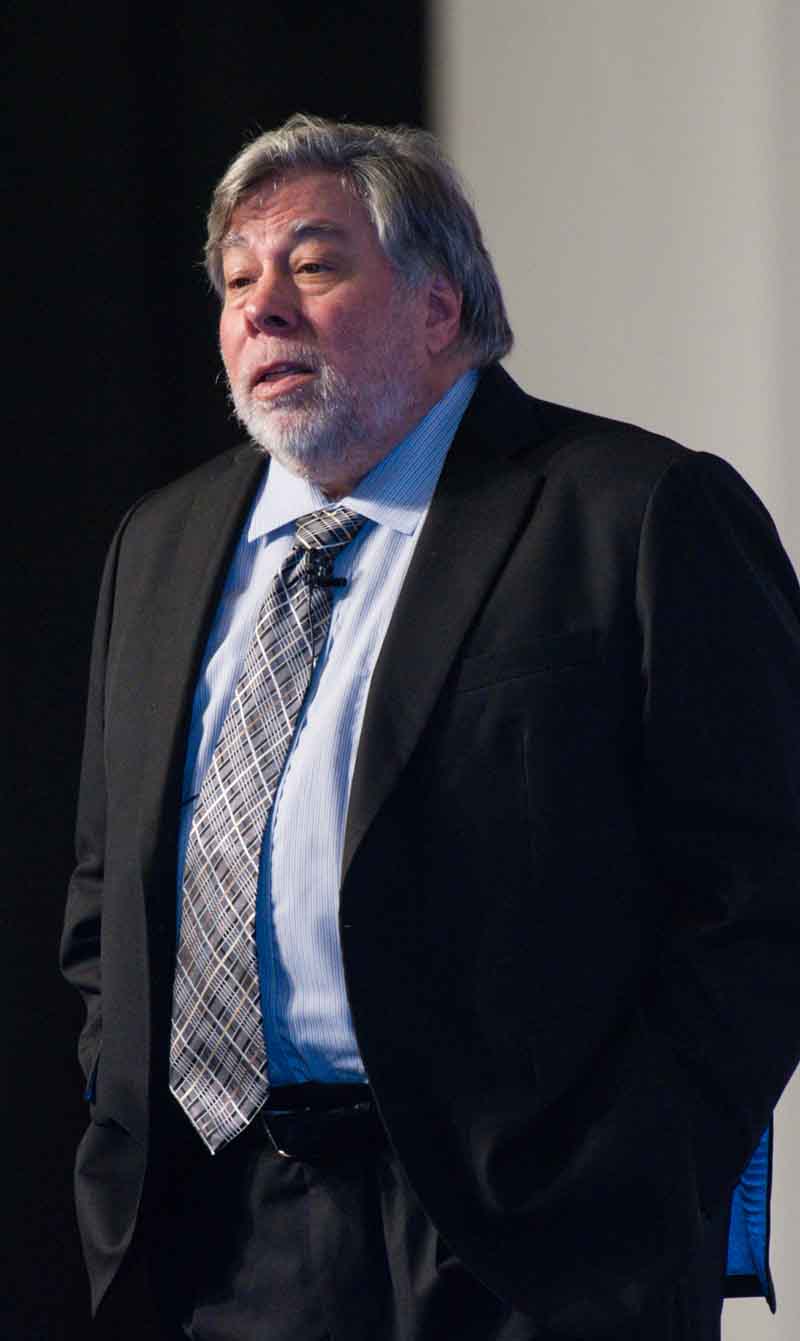Staying In Focus with…Nini Daing
Nini Daing, CEO of the Youth Trust Foundation myHarapan, provides insights on the non-profits’ world – their hurdles besides fund shortage, the direction in which they’re heading and her golden rule when it comes to either starting a business or raising funds.
In 2010, myHarapan was started by Roslan Bakri Zakaria, Michael Teoh, Shahidatul Azirah Hashim, Lorraine Siew and its CEO the past five years, Nini Daing. Basically, the non-profit foundation’s a platform for youths with social impact initiatives that provides them with the support they deserve. It’s located near a mall in Petaling Jaya, Malaysia, because of its close proximity to public transportation. They knew they have to be easily accessible and needed to, as Daing says, ‘minimise cost of setup from the onset’. To date, it has a satellite office in Ipoh and plans to have myHarapan clubs in schools and universities around Malaysia.
An experienced trainer for SMEs as well as unemployed graduates, Daing’s 17-year experience on startups extended to training and coaching SMEs and unemployed graduates. Admitting to being a 41-year old who’s ‘going onto 25’,
Daing noticed how a majority of the people who came to MDeC – where she worked before the foundation – were asking for help and support and below the age of 35 with brilliant ideas and some, solving urgent social needs.
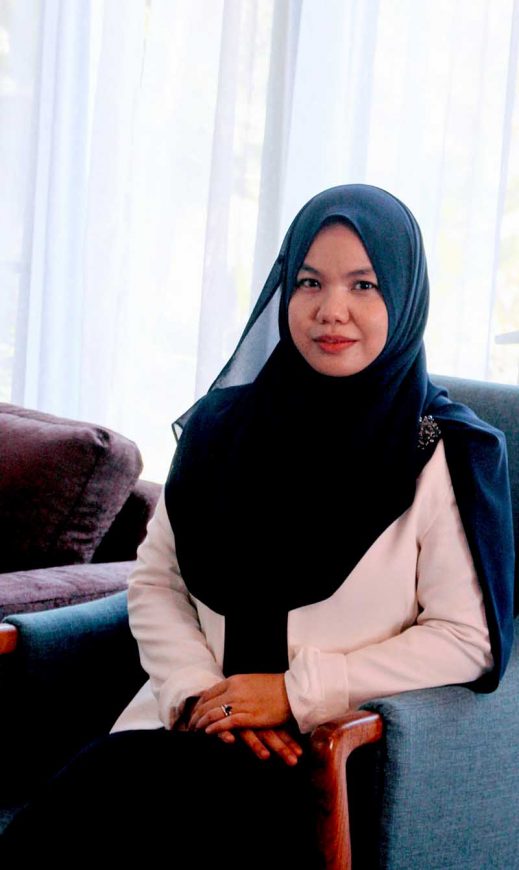
‘Many couldn’t get access to funding and other facilitation services because, perhaps, they didn’t meet certain requirements, weren’t established or registered organisations and lacked experience. We spoke to over 60 youth leaders,’ she says. ‘They needed a fun, independent organisation to take them and their ideas seriously. After all, if positive change is to come, it’ll be through our youths.’
Due to depleting philanthropic funds, Daing explains how non-profits need sustainability more so now in order to sustain operations on a longer-term basis. Some funds that are available for charitable causes don’t help pay the salaries or its use has to adhere to criteria set by the funding organisation. Long term results and systemic change are necessary but most non-profits survive on a project-to project basis.
Daing suggests funding organisations should allow non-profits to determine how the money should be spent to ensure longer term impact achievements and monitored hand-in-hand on a milestone basis. For non-profits charging fees or having other source of income is considered blasphemous by society and therefore rely heavily on donations.
Non-profits need to come together as a collective for bigger impact instead of the bite pieces happening now.
During a recent survey they conducted, it was discovered that existing policies and benefits offered to non-profits were not known to a huge part of the sector. Therefore, non-profits need to be able to have a better understanding of what’s already available to them.
Daing’s plan to take a year off after the birth of her second child was derailed because she says, ‘The chance to co-create and develop something new and fulfilling. I couldn’t afford to miss it, it seemed almost like a dream come true for me. One that combines my passion, with the skills I acquired over the years.’ The foundation develops young people into independent and wholesome contributing individuals through the use of social entrepreneurship as a medium.
Those who manage myHarapan, she admits, aren’t just durian lovers but are also social business advocates. Here, she tells us more about it.
How does myHarapan earn revenue to keep going?
We initially received a generous one –off grant from the Malaysian government as startup capital but knew not to rely purely on grants to move forward. So, we offer our development programs to public and corporate bodies and impose a fee on some of our capability programs to youths which cross-subsidise other programs. We also now have a venture capitalist company that invests in social business enterprises and solicits funding for our social venture fund.
Venture building’s also part of the process. Discover Muaythai, a social business, provides an alternative and fulfilling career for youths at risk. It’s an example of what started off as an internal project and became an independent social business. Research is also important to us. While most of it is conducted for internal consumption, we’ve done work with external parties such as the Centre of Asian Philanthropy and Societies to better understand the sector in Malaysia and Asia.
How do you measure myHarapan’s achievements?
Our success is in the success of youths we engaged who thrive as contributing and happy citizens. As social intermediaries, we also look at how we’ve helped social initiatives scale and replicate or how they’ve impacted their targeted beneficiaries.
What are two of myHarapan’s biggest achievements to date?
First, we successfully hosted the Global Social Business Summit (GSBS) for the first time outside of Europe in 2013. The event resulted in the announcement of a RM20 million fund for social business entrepreneurs by Malaysia’s Prime Minister and the establishment of a social enterprise unit in Malaysian Global Innovation and Creativity Centre (MaGIC) which boosted awareness and credibility for the third sector. Second, we partnered with Institut Darul Ridzwan to establish Social Business City Ipoh, the first social business city in Malaysia and South East Asia. It hopes to provide a tangible showcase of what social business is to the general public and legitimise the need for social entrepreneurship and social entrepreneurs in Malaysia.
What makes myHarapan different from other youth-oriented foundations in Malaysia?
There are thousands if you consider all of them listed in the Registrar of Youth under the Ministry of Sports and Youth. We are, I believe, the only one looking to develop good values and character amongst youth through social entrepreneurship and specifically, social business. Even though our resources are limited, we offer a more intimate and super fun experience. We’ve seen many of our youths go to university, graduate, get married and have children.
What’s the satisfaction you derive from running a non-profit organisation?
Helping others reach their true potential is such a privilege for me. The more I give, the more I receive and it’s worth more than anything money can buy. I’m glad to be part of a system that cares.
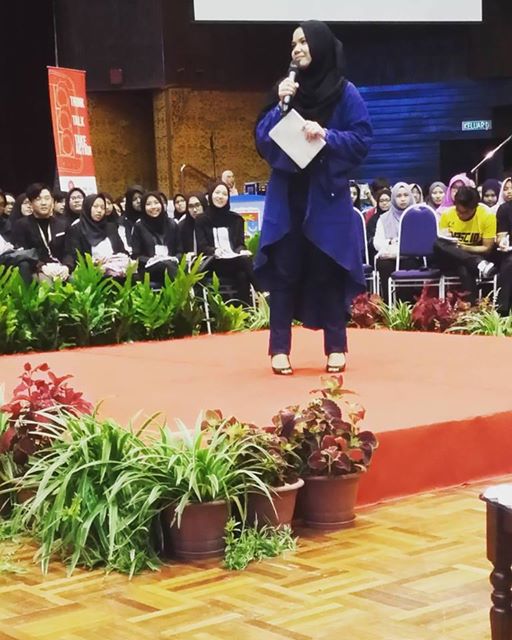
What is the golden rule for you when starting a business or raising funds?
Focus on the solution and the value that you bring. Money will come to you. Work with partners who complement your work.
How did you build a network at the beginning?
By genuinely being interested in what other people do. At first, I thought all it took was an exchange of business cards. I know better now. It really is about establishing meaningful relationships with people who share your values and who are willing to give you a different perspective. It helps to attend events and courses with people you know are smarter than you.
What was the biggest challenge you’ve faced as an entrepreneur?
Falling out with business partners who lost sight of the intended goal.
If you’d known then what you know now, about running a non- profit organisation, what would you have done differently?
To not shy away from shouting about our accomplishments in order to bring about more opportunities to scale, replicate and create more positive impact.
Besides funds, what other challenges do non-profit organisations face in Malaysia?
Lack of affordable access to training opportunities and schemes usually offered to ‘conventional’ businesses to enhance team competencies and professionalism – such as Human Resources Development Fund (HRDF) privileges to non-profits, with a different structure to contributions. Also, attracting good talent and overcoming the perception that non-profits do not pay a salary or are not seen as a legitimate career pathway.
How do non-profit organisations assist communities in Malaysia?
Non-profits exist to fill gaps that both the public and private sector are unable to do themselves. They’re motivated by the need to provide a better life for those in need. More often than not, they are the voice of the voiceless, an intermediary with the pulse on the ground and therefore the community. The objectives of both government and non- profit sectors are similar. Governments can instead facilitate the growth of both non-profits and social business enterprises that can provide more efficient and effective solutions through policies and practices beneficial to both parties. There’s a place for everyone, if we can just recognise how we best fit in the bigger picture.
How does disruptive technology affect non-profit organisations, and myHarapan, specifically?
Technology is only the means to an end and it’s up to us how we want to leverage it. Disruptive technology provides us with the tools necessary to disseminate our message to as many people as possible. It has also helped us become more efficient as an organisation – it’s cheaper now to organise your accounts for example, manage your finances and projects, monitor your beneficiaries. Massive open online courses (MOOC) have also helped us develop fundamental skills with the exchange of knowledge by participants from all over the world, cheaply. Finding social innovation has also been easier, helping us carve out niche solutions for specific group of beneficiaries and eventually, work towards developing highly accessible solutions for everyone including reducing price points of otherwise expensive products and services.
In your opinion, in which direction are non-profit organisations heading towards in Malaysia?
Towards the sustainability of operations. Developing business models and social innovation are the way forward. Fund-raising is tasking and you need to have the privilege of the know-who to get to the funds fast. Not everybody can do this but everyone can develop products and services that can serve the intended beneficiaries and provide value that they’ll pay for with dignity.
___________________
